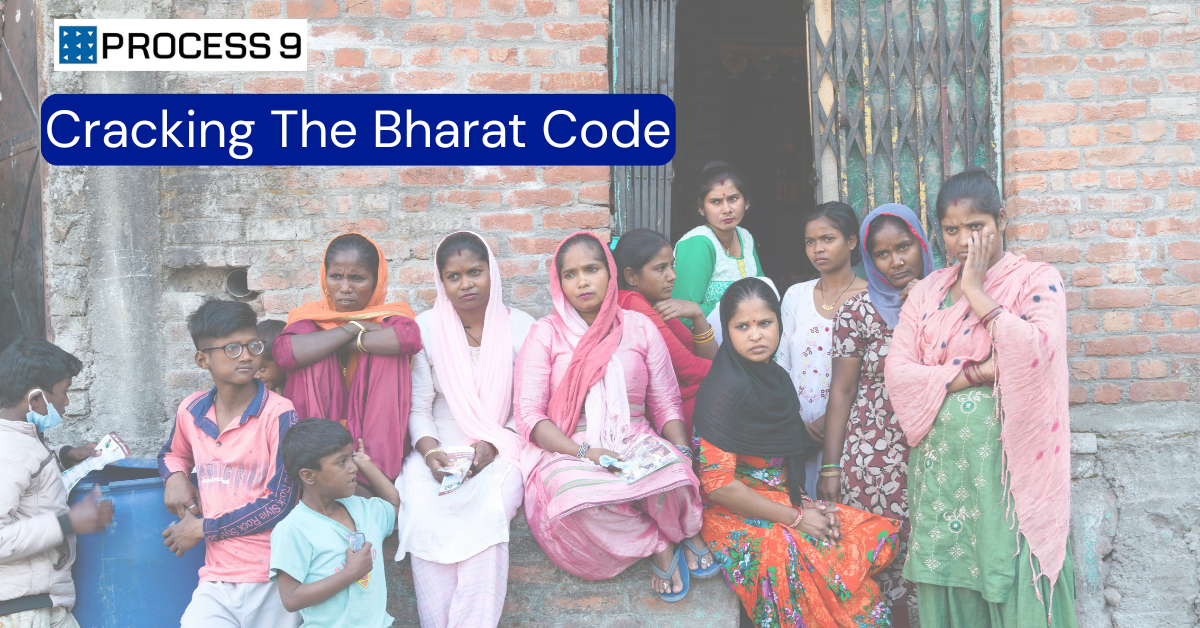India is not one market. It is a mosaic of thousands of communities, cultures, and – most importantly – languages. As digital adoption surges beyond metros into the heart of Bharat, a fundamental truth is emerging: Generic AI doesn’t work here!
Today, Indian enterprises; especially those in banking, insurance, e-commerce, and government, must speak the language of their users, both literally and contextually. That means not just translating English into another script, but communicating in a way that’s deeply local, culturally sensitive, and relevant.
Hyperlocal Is the New National
A recent article outlines this beautifully: “Hyper-local is the new national.” Marketers and advertisers are now crafting strategies that prioritize local languages, customs, festivals, and idioms. Because for the 500 million+ users coming online from Tier 2, Tier 3, and rural India, language is not a preference, rather it’s a precondition for trust.
Brands that treat Indian language localization as an afterthought, or rely on off-the-shelf AI tools, risk alienating these audiences entirely.
The Pitfalls of Generic AI for Indian Languages
Most publicly available machine translation (MT) models are trained on Western-centric data, like Wikipedia, Reddit, news articles, and textbooks in European languages. Here’s why that’s a problem for Indian enterprises:
Context Misfire
Generic models struggle to capture the cultural and situational context behind Indian phrases. A sentence in Kannada spoken in Bengaluru may differ significantly from the same sentence in northern Karnataka. For AI, those nuances make all the difference.
Loss of Brand Voice
Machine-translated content often strips away brand tone, clarity, and trustworthiness. This is especially dangerous in BFSI and healthcare, where accuracy and reassurance are paramount.
Lack of Domain Awareness
From insurance to fintech, every industry has its jargon. Generic AI may understand terms like “ULIP”, “KYC”, or “No-Claim Bonus” in regional languages. The result? Mistranslations, confusion, and lost conversions.
Colloquial Blind Spots
India’s regional dialects are full of idioms, slang, and layered meanings. Generic AI tends to literalize everything, producing translations that are either hilarious or downright unusable.
Custom AI for India: The Smarter Choice
To truly crack the Bharat code, businesses must go beyond generic AI and invest in custom-trained models built specifically for Indian languages. Here’s what that unlocks:
Local Nuance: From colloquial expressions to grammar peculiarities, a custom model gets the tone and meaning right.
Domain-Specific Intelligence: Tailored models understand your business – whether you’re in insurance, retail, or government services.
Scalability with Accuracy: As your language needs grow, so does the sophistication of your AI, without compromising quality.
Improved User Experience: Users feel spoken to – not translated at. That’s the key to higher engagement, retention, and trust.
Process9: Building AI That Speaks The Language of Bharat
At Process9, we’ve been solving the Indian language challenge long before it was trendy. We work closely with enterprises to co-create custom language models and AI solutions that don’t just translate – they localize, empathize, and communicate.
Together with our enterprise customers, we can build custom language models that are:
- Trained specifically on Indian data (real usage, not textbook language)
- Customizable per industry, including BFSI, eGov, healthcare, eCommerce, and more
- Secure, scalable, and compliant with Indian data regulations
- Human-in-the-loop enabled, so quality only improves with time
Bharat Doesn’t Need More AI, It Needs the Right AI!
India’s next billion users are already here. They’re scrolling, searching, shopping, and seeking support in their own languages. If your business isn’t ready to speak to them clearly and intelligently, someone else will.
Generic AI is built for the world. At Process9, we’re building AI for India.


